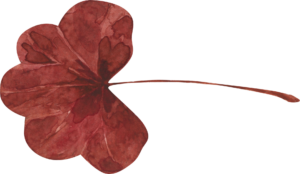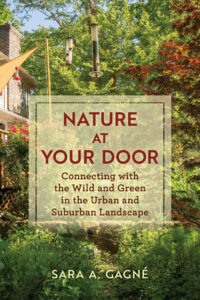When the sun is shining, one of my favorite things to do is to sit quietly in the grass, next to a tree, or beside a stream and simply watch what happens. Too many people think there’s nothing there to look at, or they’re too busy moving and talking to pay attention to the small things. Sara Gagné is an expert in finding those small things in everyday places, and she has some great advice for you on how to take time this summer to experience the small things in life.
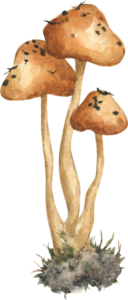
In this first installment of our Summer Urban Ecology Series, come learn about the trees on your street. Take pictures, learn identifications, and share your treasures with others. Did you know there is a secret garden in your neighborhood? It’s time to find it.
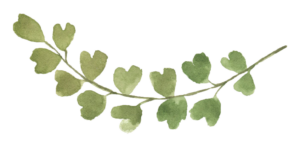
Written by Sara Gagné, University of North Carolina, Charlotte
Summer is here! Hopefully, you have more time with family and friends, or even on your own, to explore the many places that make North Carolina such a beautiful state. Although probably not top of mind, North Carolina’s urban and suburban places exhibit nature in all its wonder and beauty. These places are so close at hand: your backyard, your neighborhood park, the parking lot next to your office; they should be on your summer exploration list. In this first of three blog posts revealing the ecological intricacies of our neighborhoods, I focus on often overlooked street trees. You can find out more about this topic and others in my new book, Nature at Your Door: Connecting with the Wild and Green in the Urban and Suburban Landscape.
When we’re strolling down the street headed to the pool or a soccer game or a restaurant, the trees and other plants that fill the space between the sidewalk and the road usually don’t make much of an impression – they tend to fade into the background, a part of our city scenery. But these living beings are the backbone of a complex ecosystem that absorbs carbon dioxide and other pollutants, cools its surroundings, intercepts stormwater, and increases home values – services that are valued, in dollars, on the same order of magnitude as roads and other infrastructure. Pay attention to how differently you feel when you walk along a section of sidewalk without trees and you’ll begin to get a sense of the importance of street trees to your quality of life.
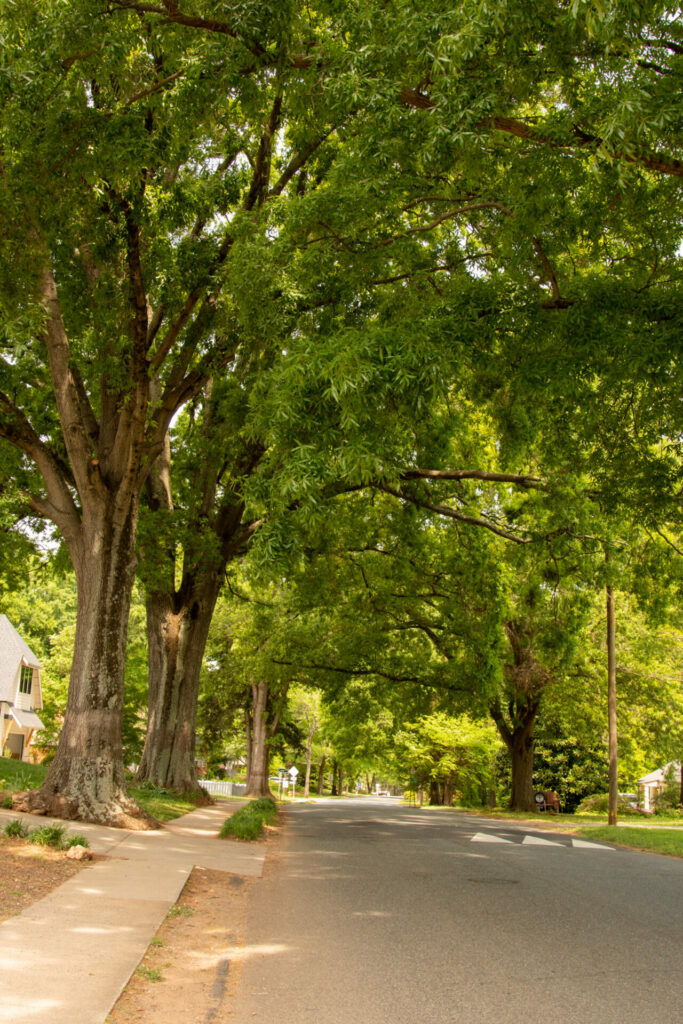
Street trees are also home to a dazzling array of birds, insects, and other wildlife. In fact, urban canopy, including street trees, is an important stopover point for migratory birds – we’ve lost 2.5 billion of these beautiful creatures since 1970. Street trees are so important for birds, migratory and otherwise, that they protect birds from the otherwise harsh urban environment. And, as it turns out, the more bird species there are when you walk down the street, the happier you will feel.
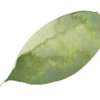
So, the next time you find yourself walking down a sidewalk lined with street trees, explore the overlooked ecosystem that surrounds you. Many cities now have online street tree inventories that list the location and species of each individual tree (Charlotte’s Tree by Tree is a great example). Use these tools to learn how to identify tree species and find out more about them – you can even create a herbarium with your child. You can also use the US Forest Service’s MyTree tool to estimate the magnitude and dollar value of the services provided by your own street tree.
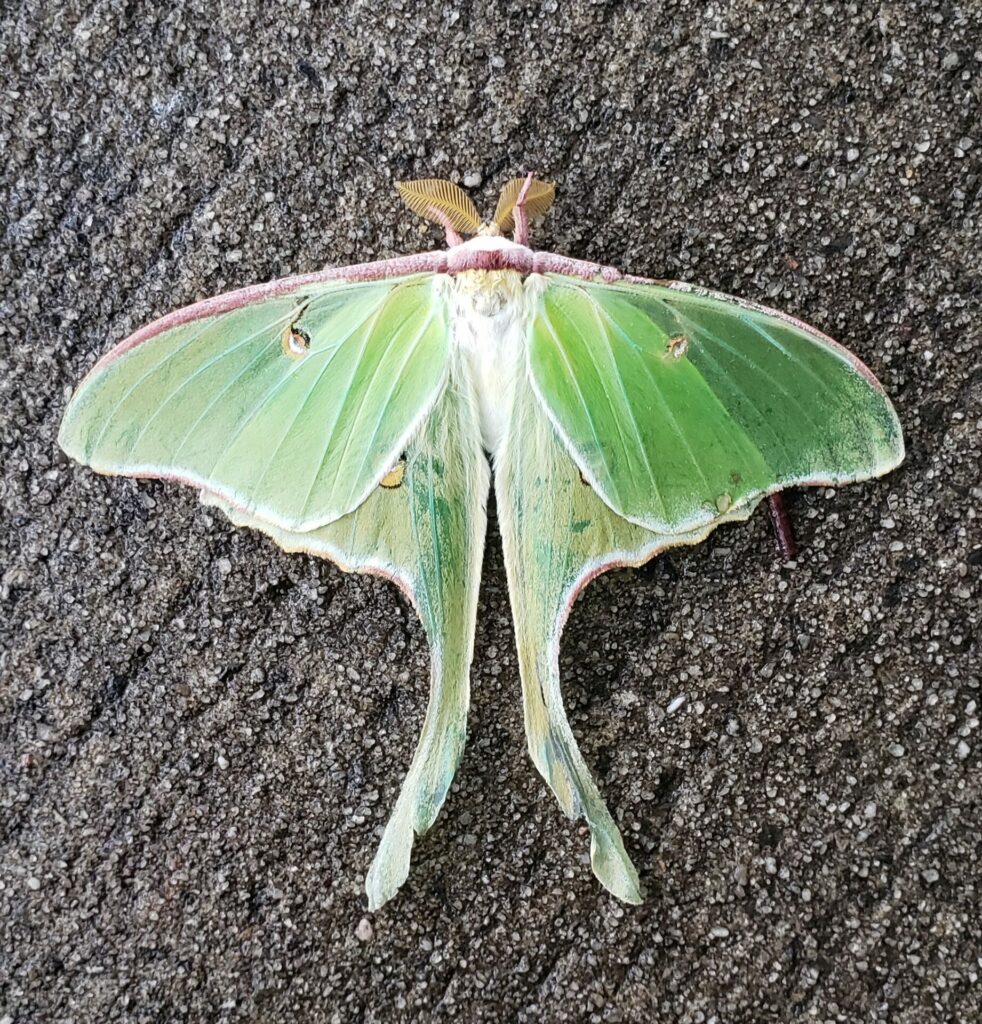
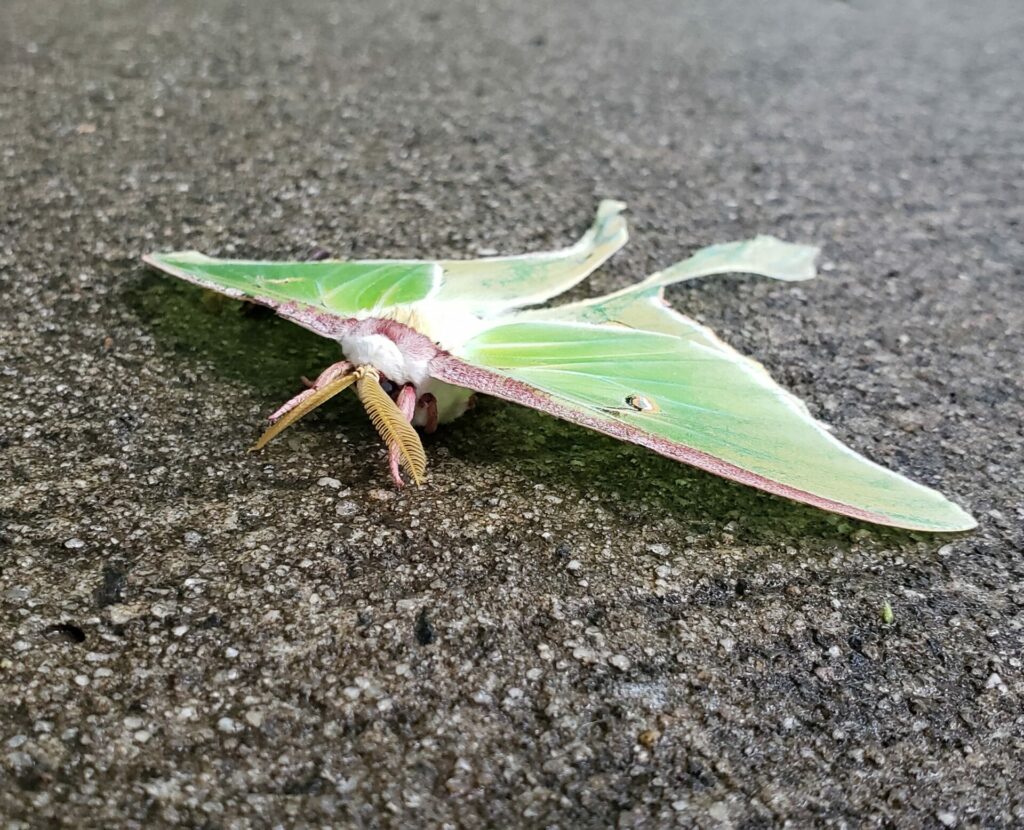
But don’t forget the wildlife that depend on the trees. A recent study of Vancouver’s street trees estimated that, on average, each tree species supports 21 butterfly or moth species, with some supporting as many as 191! If you haven’t already, download iNaturalist on your phone and keep your eyes peeled for my favorites, the giant silk moths, like the Luna I spotted on the sidewalk. The Seek app, by iNaturalist, is also a good tool to identify and learn more about the surprising diversity of plant life at the base of street trees in the roadside verge. I quickly found more than a dozen species the other day: yellow passionflower vine, Carolina snailseed vine, annual blue-eyed grass, common copperleaf, tropical horseweed, common selfheal, lyreleaf sage, carolina ponysfoot, and more. Did you know that the yellow passionflower is the only nectar source for the tiny black passionflower bee? Or that you could brew a tea of ponysfoot, common selfheal, and lyreleaf sage? The easy-to-use Seek app is also great for kids.
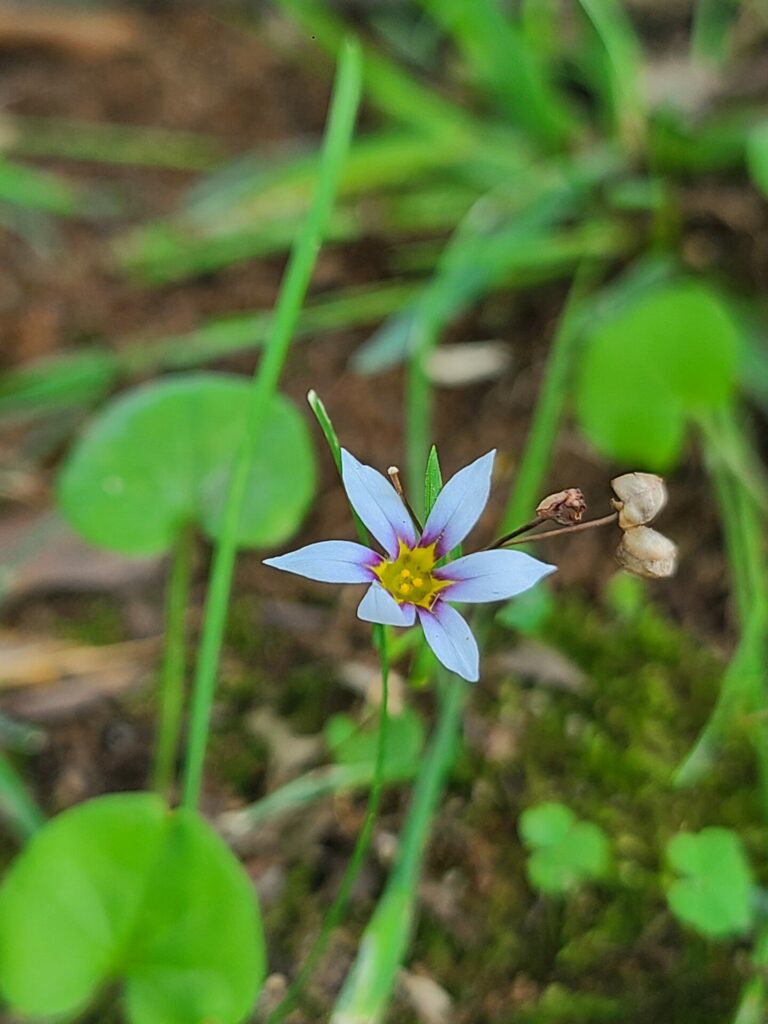
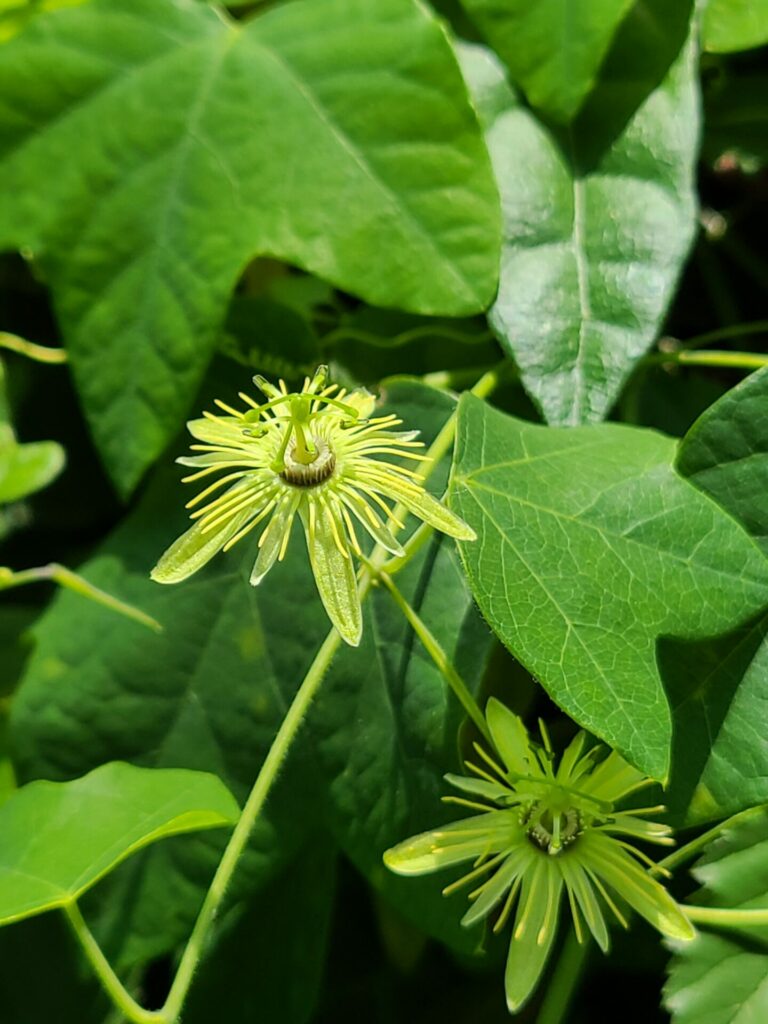
Both Photos by Sara Gagné
**********
Sara A. Gagné is the author of Nature at Your Door: Connecting with the Wild and Green in the Urban and Suburban Landscape (Stackpole Books, 2023) and associate professor and chair in the Department of Earth, Environmental, and Geographical Sciences at the University of North Carolina at Charlotte. Gagné’s research, teaching, and writing is dedicated to understanding and communicating how people and nature interact in cities. She lives in Charlotte, where she tries to spend as much time as possible looking for otters, salamanders, and other wild neighbors.
Find her on Instagram at urban_nature_clt and at saragagne.com
